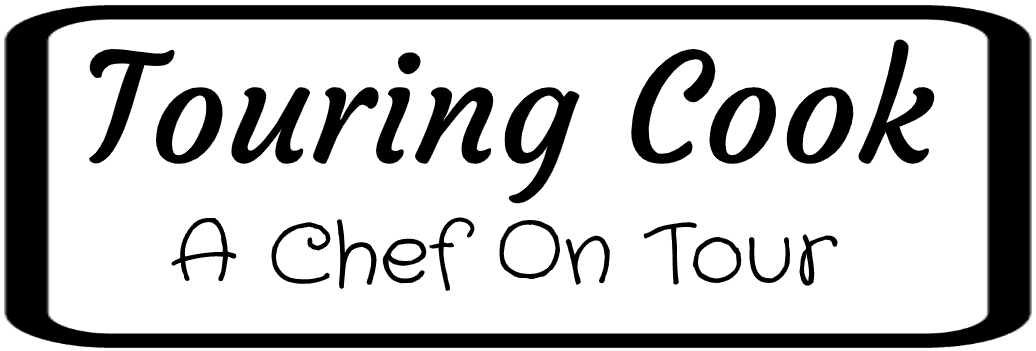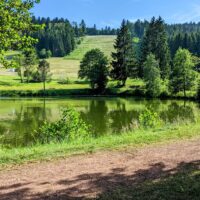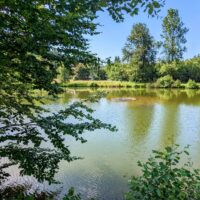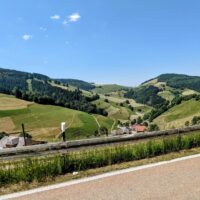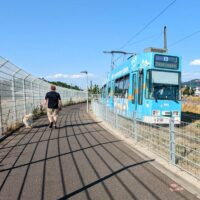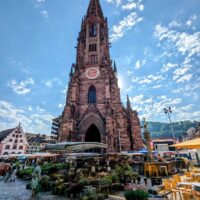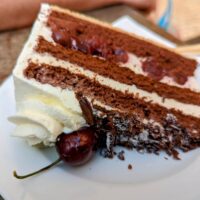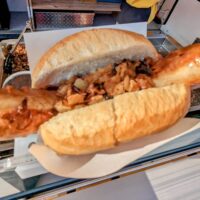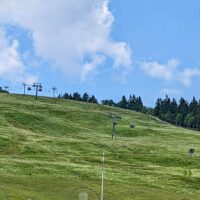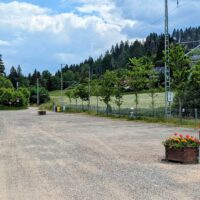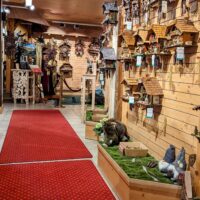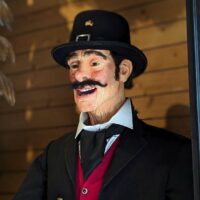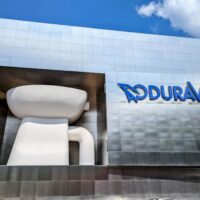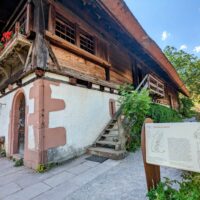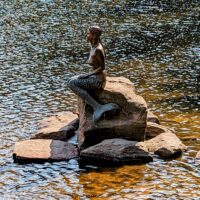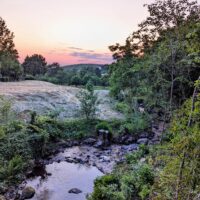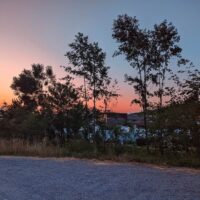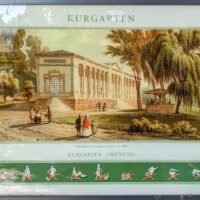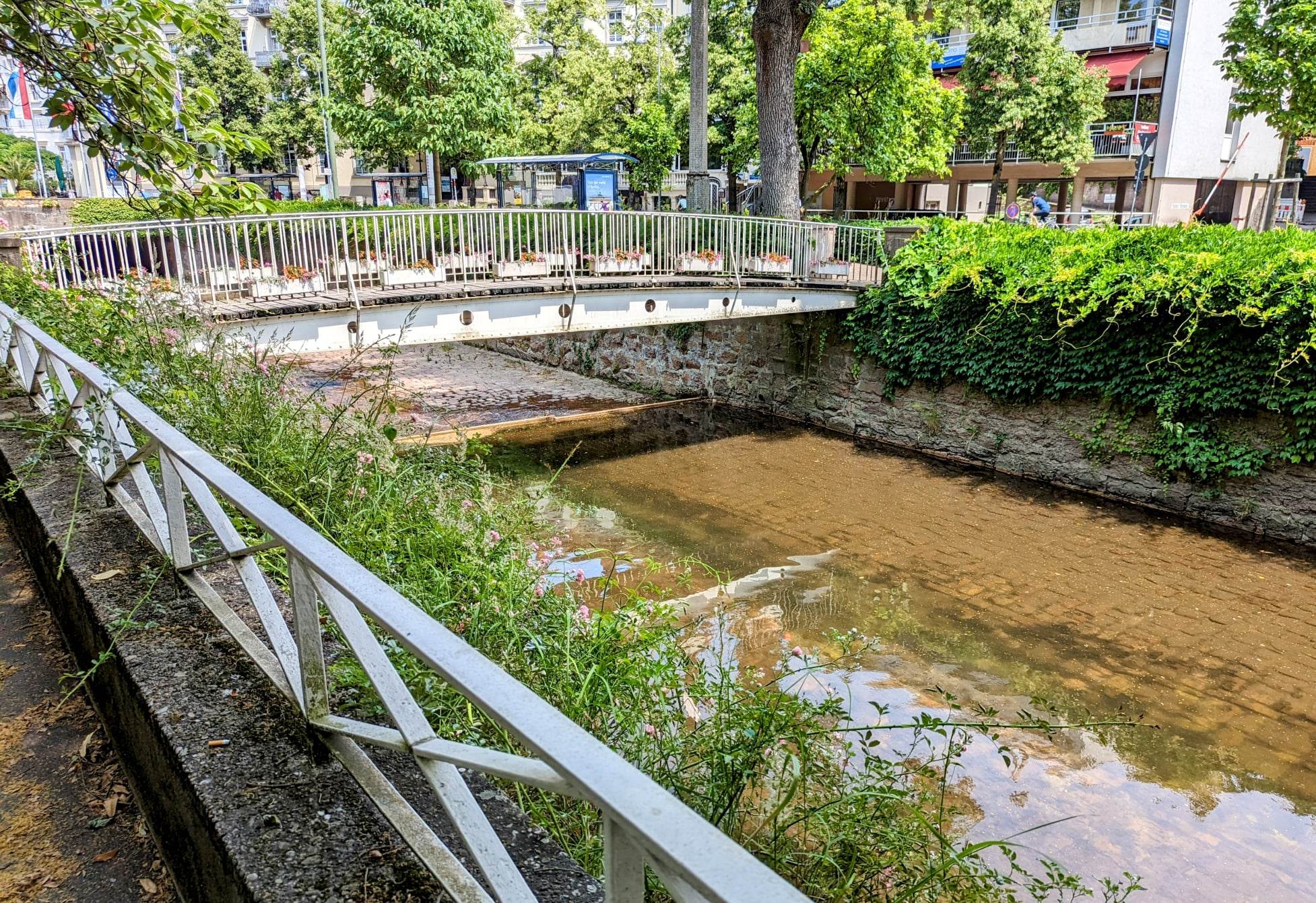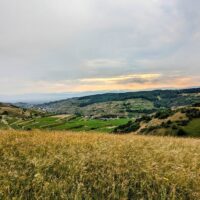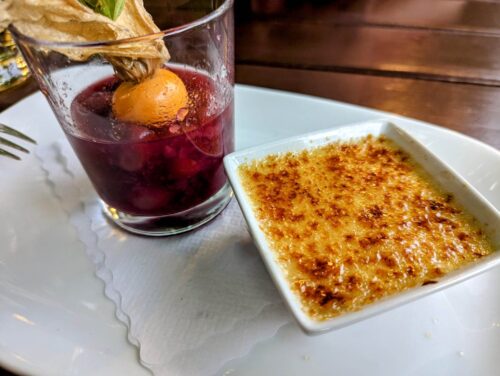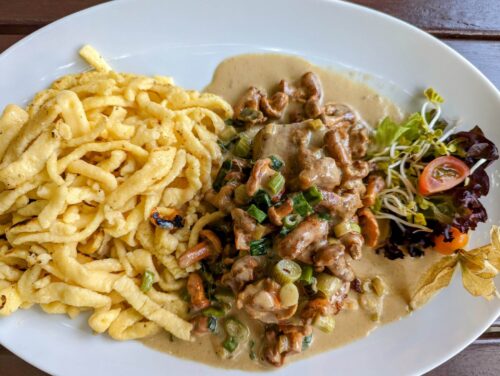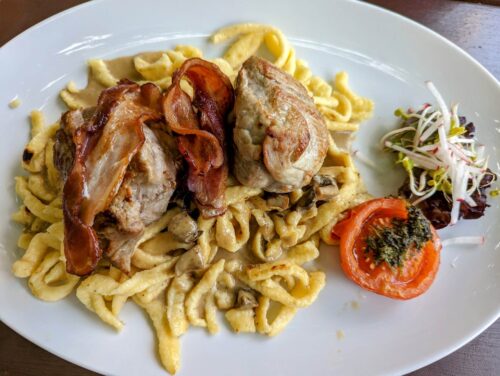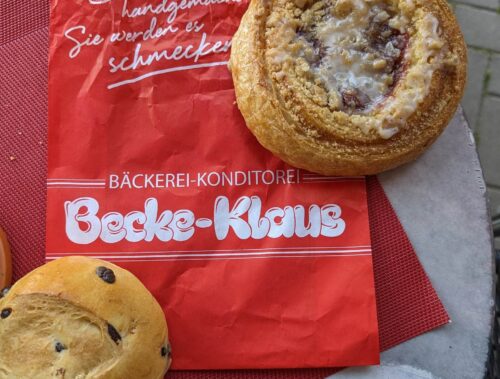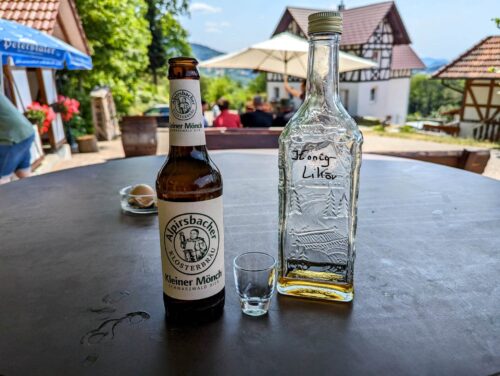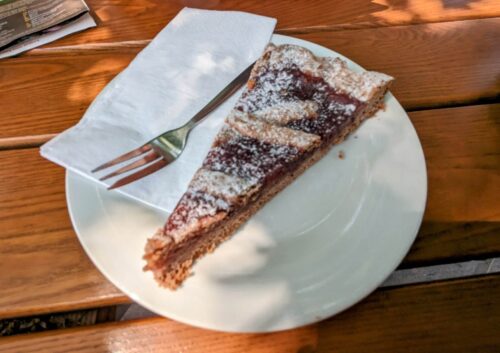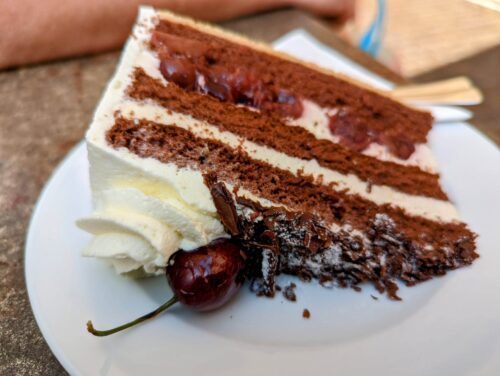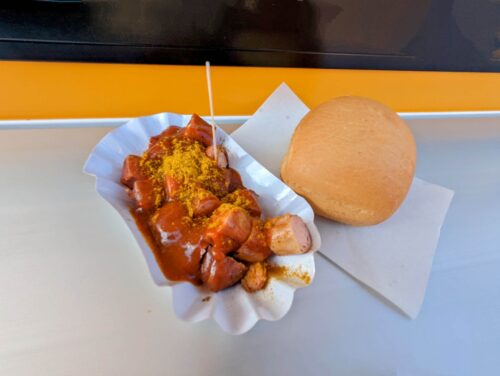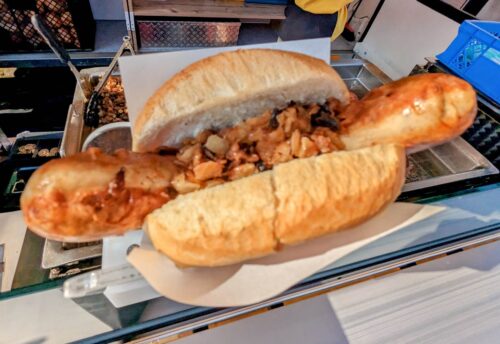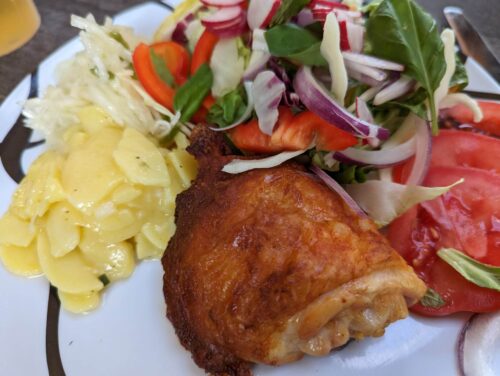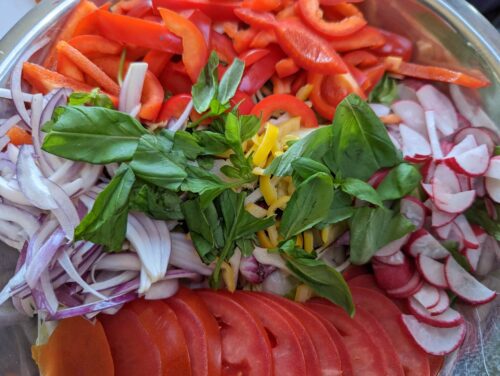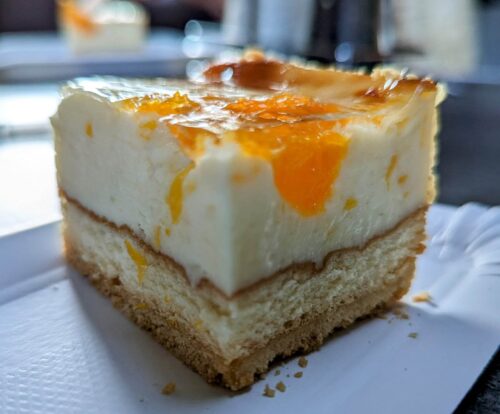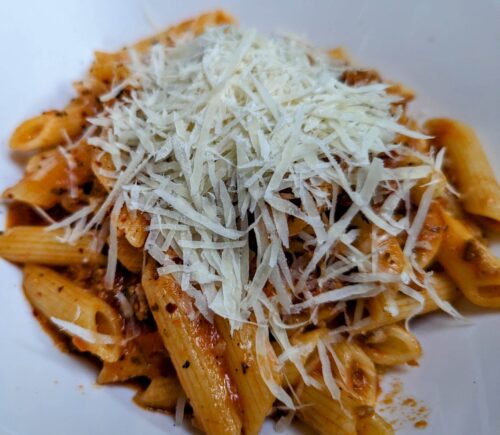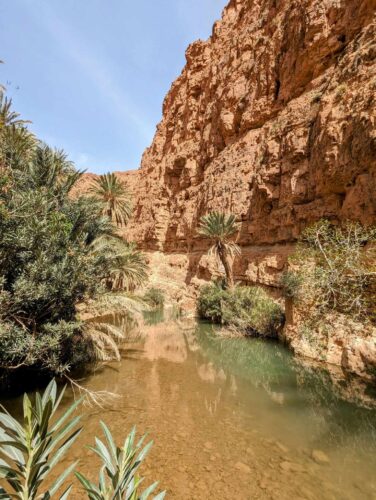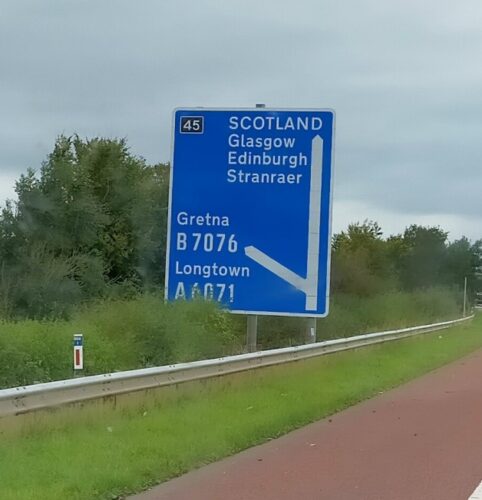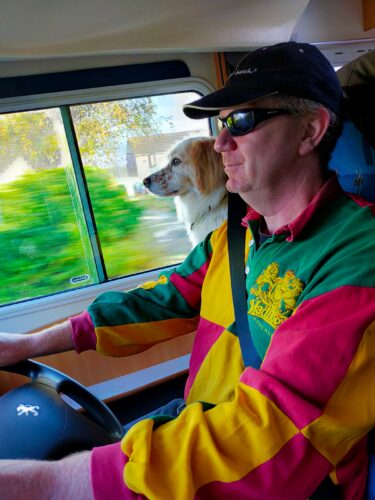This week we explore the Black Forest or Schwarzwald. Starting at Freiburg we travel up to Baden-Baden passing through Feldberg, Tribergand Sasbachwalden along the way.
Disclosure: some of the links on this site are affiliate links. This means that at no additional cost to you I may earn a small commission if you click through and make a purchase. In addition, as an Amazon Associate, I earn from qualifying purchases.
The Detail:
Distance Covered: 365 miles
Financial: Fuel £180; Site Fees £50; Groceries £68; Alcohol £12; Zeus £4; Entrance Fees £27; Eating Out £111; Total £452
Stopovers: Herrischried; Freiburg; Triberg; Sasbachwalden [2 nights]; Wanderparkplatz Schelinger Hohe
Germany’s Black Forest is known for its dark pine forests, picturesque villages with half-timbered houses, spa towns, and rushing waterfalls.
It is home to the Grimm Brothers’ fairy tales, the world’s largest cuckoo clock, Germanys’ biggest loo, and the highest non-alpine mountains.
The Romans gave the mountain range the name “Black Forest” because of the densely packed conifer trees, which are very dark green, causing the area under the trees to be very dark indeed. Although deforestation has thinned the trees somewhat, the northern part of the Black Forest in particular is still densely wooded.
Southern Black forest to Freiburg
Freiburg
Feldberg
Triberg
Black Forest Open Air Museum
Mummelsee Lake
Sasbachwalden
Baden-Baden
Some menu highlights from this week
Click on the picture for further information. If you would like recipes or further information let me know in the comments
And that was week 4 of our current adventure. We’ve had some very memorable times already, sometimes for the wrong reasons. We have seen some beautiful places, despite the ice and snow, and cold temperatures.
As before, There is so much more we saw and did that I haven’t included here – you’ll just have to go see it for yourself!
I haven’t gone into great detail about anything in particular in this post, so if you would like me to expand on anything please leave a comment and I will endeavor to write another separate post on the topic.
Happy Motorhoming.
Hope You Enjoy!
Please leave us a comment!
